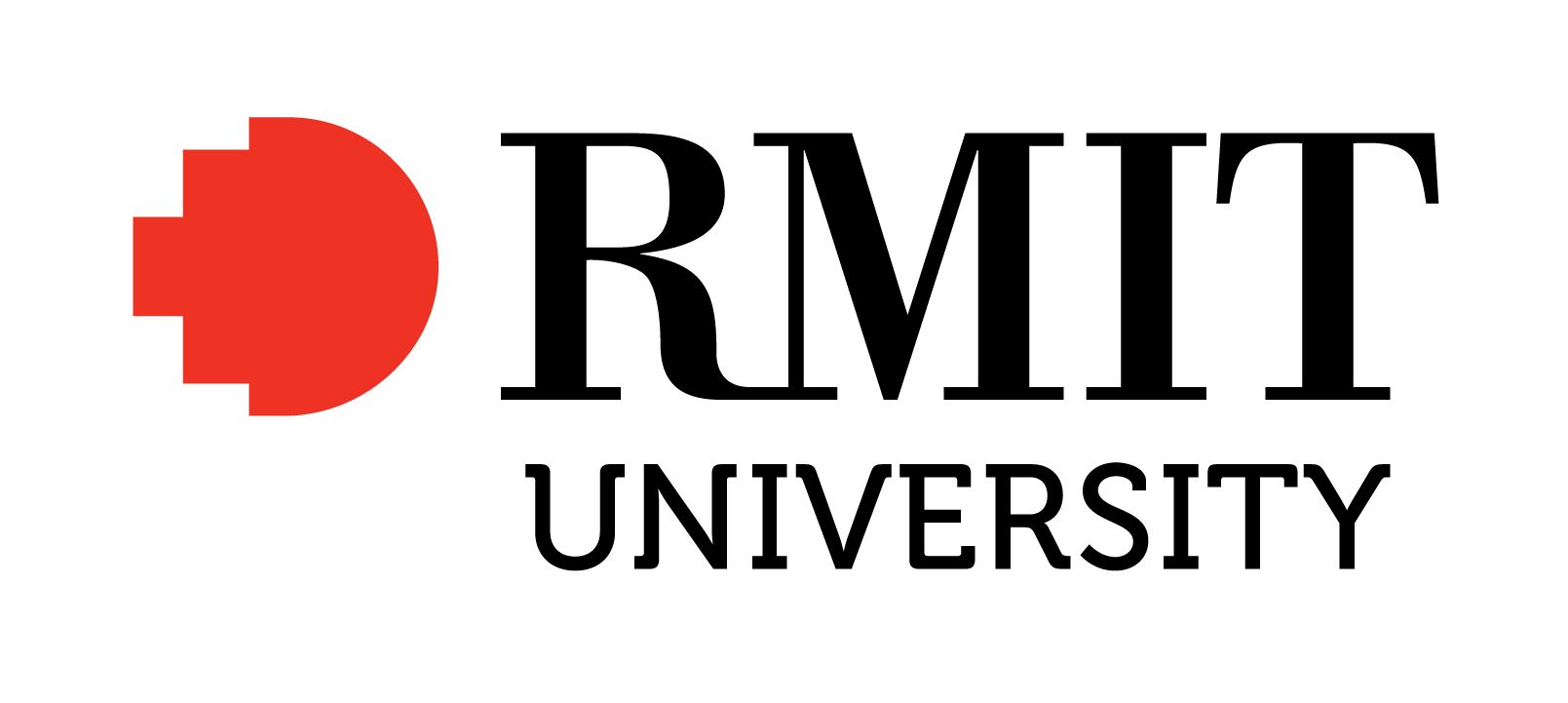Full description
BACKGROUND: The 'FabPod' prototype is an acoustically tuned meeting space for eight people, and integrates lighting and services into a high quality piece of architecture. It is the outcome of research into the relationship of architectural geometry and acoustics. RESEARCH CONTRIBUTION: The project extends research into architectural acoustics, advanced manufacturing and parametric design into the design of a semi-enclosed meeting room. It addresses the challenge of creating small semi-enclosed meeting areas in open-plan settings by combining research into the sound-diffusing properties of hyperbolic surfaces, cutting edge digital modelling and CNC prototyping approaches. It contributes to contemporary acoustic research requirements for comfort in open plan spaces, combining this with emerging research into modelling acoustic diffusion. It further builds on previous research into digital workflows for design to fabrication of complex artefacts. This engagement included the resolution of fabrication and material issues within a digital workflow. The built prototype acts as a perpetual prototype for future testing and research. One research innovation was to ensure architects and designers were directly engaged with the entire process, from design to fabrication. RESEARCH SIGNIFICANCE: FabPod was a finalist in the 2013 Victorian Premiers' Design award and the Shell Australian Innovation Awards. The prototype was published in 'Design Intelligence: Advanced Computational Research in Beijing' (Weiguo/Leach, China Architecture and Building Press). It was also exhibited in the Convergence exhibition at RMIT's Design Research Institute (May 2013) and reviewed in The Australian.Issued: 2013-01-01
Created: 2024-10-30
Subjects
User Contributed Tags
Login to tag this record with meaningful keywords to make it easier to discover
Identifiers
- DOI : 10.25439/RMT.27347607.V1



